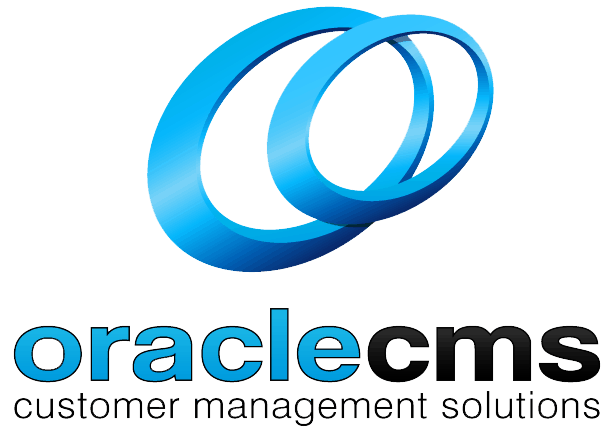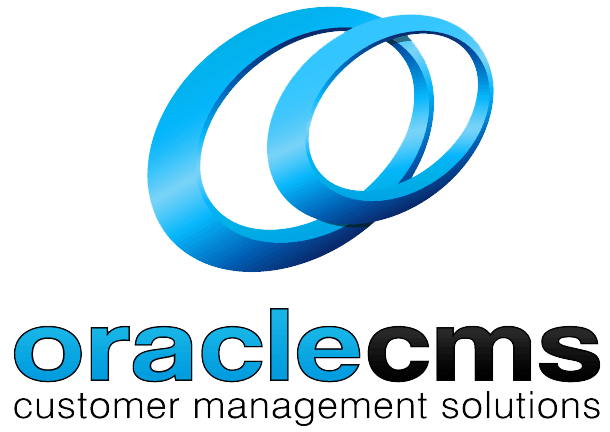What is Average Hold Time?
Average Hold Time (AHT) refers to the average duration that customers spend on hold while waiting to speak to a call centre agent. This metric is an important indicator of operational efficiency and customer satisfaction, as excessive hold times can lead to frustration and an increased likelihood of call abandonment.
To calculate Average Hold Time, the total time customers spend on hold is divided by the number of calls that include a hold period. For example, if customers collectively spend 300 minutes on hold across 100 calls, the AHT would be 3 minutes. AHT provides valuable insights into staffing adequacy, call routing efficiency, and agent availability.
Key Factors Influencing Average Hold Time:
- Staffing Levels: Insufficient agent availability can lead to longer hold times.
- Call Complexity: Lengthier resolutions may increase hold durations as agents seek information or assistance.
- Technology Efficiency: Outdated systems or inefficient call routing can extend hold times unnecessarily.
By tracking AHT regularly, call centres can identify patterns and implement targeted solutions, such as improving agent training, optimising call routing, or adjusting staffing schedules to meet peak demand. Reducing AHT is critical for improving the customer experience and ensuring that customers feel valued and prioritised.
Why Average Hold Time Matters:
Average Hold Time is a key metric that directly impacts customer satisfaction and loyalty. Prolonged hold times can lead to negative perceptions of the business and increased call abandonment rates. Conversely, maintaining low AHT reflects an efficient, customer-focused operation, enhancing the overall service experience and strengthening relationships.
Related Terms:
- Average Handle Time (AHT)
- Service Level
- Call Abandonment Rate
- First Call Resolution (FCR)

